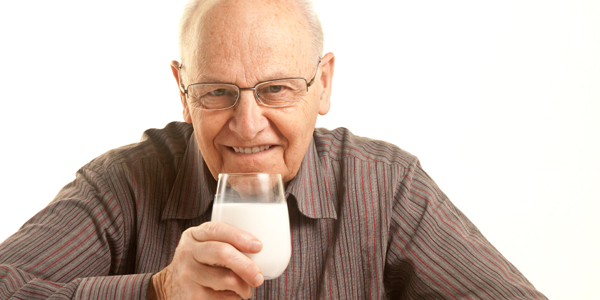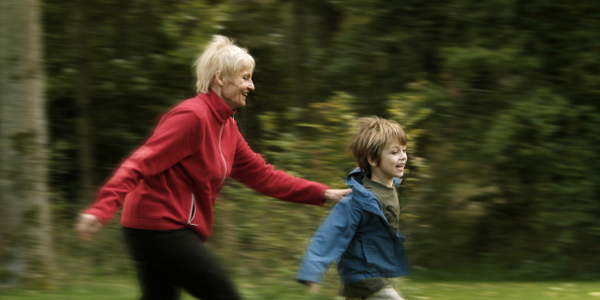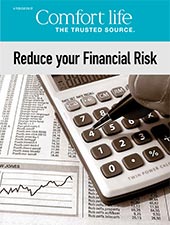How strong are your bones?
According to Osteoporosis Canada, one in four women and at least one in eight men over the age of 50 have osteoporosis.You can’t control all of your risk factors for osteoporosis but you can take steps to keep your bones strong so:
- Exercise regularly to increase strength and improve flexibility and posture
- Get appropriate amounts of calcium and vitamin D
- Eat foods containing calcium
- Reduce alcohol and caffeine
- Don’t smoke

Calcium supplements
If you are taking a calcium supplement, the amount of elemental calcium you are getting is very important. When you are estimating how much calcium a supplement will give you, look for the amount of elemental calcium listed on the container. For example, you may think that a 1250 mg tablet will give you 1250 mg of elemental calcium but it may only contain 500 mg.
Calcium supplements and vascular incidents:
Recently there have been reports about a potential link between calcium supplements and vascular incidents. For the latest information on this issue go to the Osteoporosis Canada site and download the PFF document titled "Information for Patients".
Health Canada currently recommends a dose of 1200 mg of calcium (from all sources), for men and women over 50 but always check with your doctor.
Vitamin D
You need Vitamin D to absorb calcium. People over 50 need more Vitamin D than they did when they were younger. To get the amount you need, you should take a supplement or a multi-vitamin. Again, check with your doctor for the appropriate amount for you before purchasing supplements.

Consume foods containing calcium:
For example:
Milk: 1 cup has 300 mg
Salmon canned, with bones: ½ can has 240 mg
Orange juice (with calcium added): 1 cup has 300 mg
Beans cooked (kidney, lima): 1 cup has 50 mg
Tofu (with calcium sulfate added): 3 oz has 130 mg
Bread, whole wheat: 2 slices has 40 mg
Instant oatmeal (with calcium added): 1 pouch has 150 mg
Broccoli, cooked: ¾ cup has 50 mg
Orange: 1 medium has 50 mg
Banana: 1 medium has10mg
Lasagna, homemade: 1 cup has 285 mg
Soup made with milk (cream of chicken, mushroom or celery): 1 cup has 175 mg
Get active to increase bone density:

Being active puts more force or ‘load’ on your bones. To carry that load your bones must increase in density so that the force exerted on them can be spread over a greater area of bone. This will make your bones less likely to fracture or break.
To increase bone density make sure you do two kinds of exercise:
Weight bearing: e.g. walking, hiking, pole walking or line dancing
Resistance/strength training: e.g. lift free weights, use exercise bands or do push-ups
And:
Build flexibility and better posture with arm, back, shoulder and stomach exercises
Increase balance and coordination to prevent falls by swimming or doing tai chi
Resources: Osteoporosis Canada, Health Canada, Mayo Clinic


